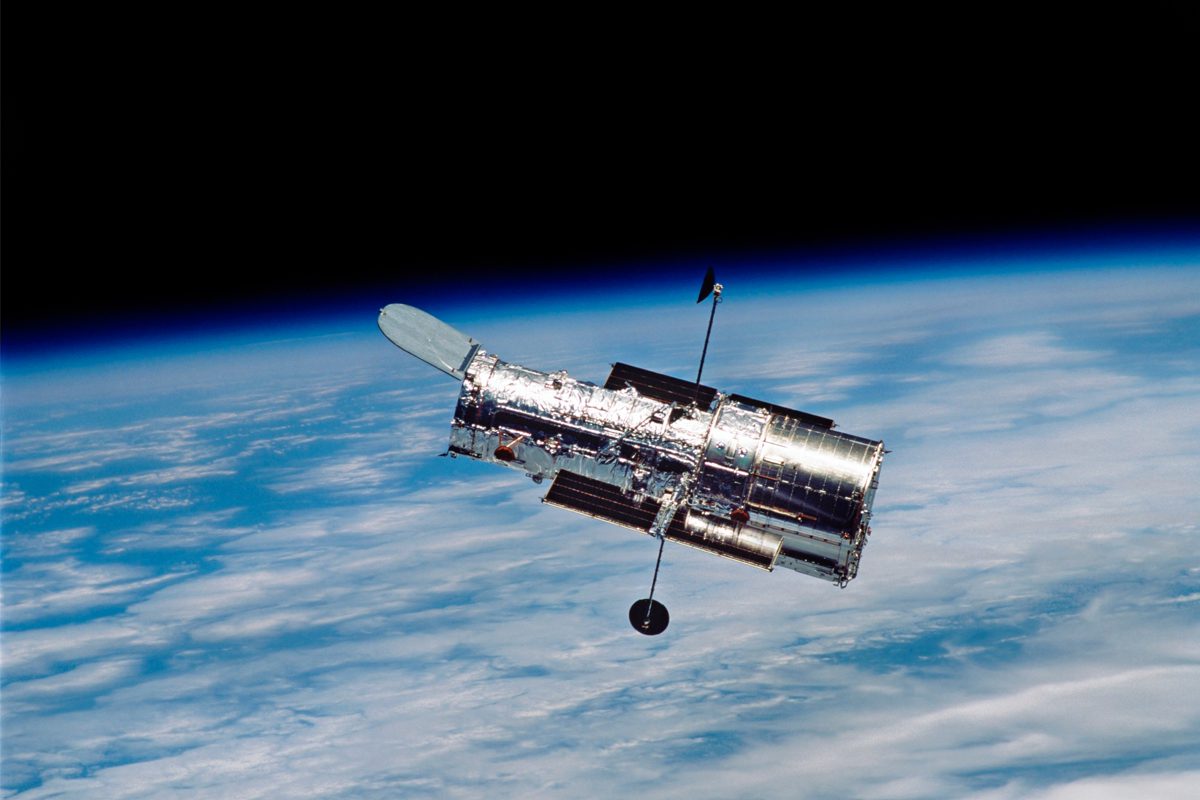Since Sputnik 1’s launch in 1957, humans have continued to explore space intensely. Spacecrafts have propelled into the farthest reaches of the cosmos, providing vital insights into the universe. Some have even made it interstellar, and the Voyager 1 and 2 duo accomplished this in 2012. This article discusses ten spacecraft that transformed our understanding of the universe, including Cassini, Curiosity, and Hubble Space Telescope. Kepler identified over 4,000 exoplanet candidates, and Dawn studied Vesta and Ceres, revealing crucial information about the formation and evolution of our solar system. The James Webb Space Telescope is preparing for lift-off in 2021 and will become the most potent space telescope yet, aiding us in better understanding the universe.
10 Spacecrafts that Changed the Way we Explore the Universe
Since the launch of Sputnik 1 in 1957, humanity has continued to push the boundaries of space exploration. We have sent countless spacecraft to different parts of our solar system and beyond in pursuit of knowledge, discovery, and understanding. Here are ten spacecraft that have played a crucial role in revolutionizing our understanding of the universe.
1. Voyager 1 and 2 (NASA)
Launched in 1977, Voyager 1 and 2 were designed to study the outer planets of our solar system – Jupiter, Saturn, Uranus, and Neptune. After completing their mission, they continued travelling further into interstellar space – the first human-made objects to do so. In 2012, Voyager 1 entered interstellar space, providing crucial information about the heliosphere and the boundaries of our solar system.
2. Hubble Space Telescope (NASA)
Launched in 1990, the Hubble Space Telescope has captured some of the most awe-inspiring images of our universe. It has helped us discover new galaxies, measure the universe’s age, and map dark matter. The Hubble has also allowed us to glimpse back in time, revealing the formation and evolution of galaxies from billions of years ago.
3. Cassini (NASA/ESA/ASI)
Launched in 1997, the Cassini spacecraft spent thirteen years exploring Saturn and its moons. It provided us with stunning images of Saturn’s rings, discovered new moons, and revealed the possibility of life on Saturn’s moon Enceladus. Cassini also performed twenty-two daring flybys of Titan, Saturn’s largest moon, studying its atmosphere, weather, and geology.
4. Curiosity (NASA)
Launched in 2011, Curiosity is a rover sent to Mars to study the planet’s geology, climate, and atmosphere. It has helped us confirm past water activity on Mars and searched for signs of ancient microbial life. Curiosity has explored the Gale Crater, a site that scientists believe could have once hosted a habitable environment.
5. New Horizons (NASA)
Launched in 2006, New Horizons was designed to study Pluto and the Kuiper Belt – a region of icy bodies beyond Neptune. In 2015, it made a historic flyby of Pluto, sending back the first close-up images of the dwarf planet. New Horizons revealed a complex surface with mountains, canyons, and glaciers. It also discovered four new small moons orbiting Pluto. New Horizons is now en route to its next target, a Kuiper Belt object named 2014MU69.
6. James Webb Space Telescope (NASA/ESA/CSA)
The James Webb Space Telescope is set to launch in 2021 and will be the largest and most powerful space telescope ever built. It will study the universe’s earliest galaxies and stars, peer through dusty regions to study planetary formation, and explore the atmospheres of distant exoplanets. The James Webb is expected to revolutionize our understanding of the universe in ways we cannot predict.
7. Rosetta (ESA)
Launched in 2004, Rosetta was a mission designed to study comet 67P/Churyumov-Gerasimenko. It performed a complex series of flybys and orbits before deploying the Philae lander onto the comet’s surface. Rosetta provided us with new insights into the composition and history of comets, helping us to better understand the role they played in the formation of our solar system.
8. Pioneer 10 and 11 (NASA)
Launched in the early 1970s, Pioneer 10 and 11 were the first spacecraft to travel through the asteroid belt and study Jupiter up close. They provided us with important insights into the planet’s atmosphere, magnetosphere, and moons. Pioneer 10 was the first spacecraft to cross the asteroid belt and leave our solar system, providing us with valuable data on the outer reaches of our Sun’s influence.
9. Dawn (NASA)
Launched in 2007, Dawn was a mission designed to study two of the largest bodies in the asteroid belt – Vesta and Ceres. It revealed that Vesta is a heavily cratered, rocky world with a complex geologic history. Dawn also discovered that Ceres has a subsurface ocean and a bright white spot that could be made of salt deposits. These discoveries have helped us learn more about the formation and evolution of our solar system.
10. Kepler (NASA)
Launched in 2009, Kepler was a space observatory designed to search for exoplanets – planets that orbit stars outside our solar system. It identified over 4,000 exoplanet candidates and confirmed the existence of over 2,600 planets. Kepler’s discoveries have transformed our understanding of the prevalence and diversity of exoplanets in our galaxy.
Conclusion
These ten spacecraft represent just a fraction of the missions that have contributed to our understanding of the universe. They have helped us answer fundamental questions about our origins, our place in the cosmos, and the possibility of life beyond Earth. As we continue to explore and push the boundaries of space, we will undoubtedly add more spacecraft to this list of game-changers.
